Smart Building Technology Solutions for Education
Smart Building Technology helps educational institutions optimise facilities, improve efficiencies, and enhance student & staff well-being.
Our tailored IoT solutions provide insights to create healthier, more comfortable spaces for students and staff.
By focusing on data-driven decisions, we enable schools, colleges, and universities to reduce costs, boost energy efficiency, improve learning environments, and ensure Schools stay open through cold winters and difficult periods.
Smart Building Technology - Making education spaces, better places to learn & thrive!
Improving health & safety in schools with IoT technology
Paired with robust emergency preparedness strategies, IoT technologies can enhance health and safety in schools and other educational establishments.
After two years of school closures in response to the coronavirus pandemic, major challenges remain concerning the health and safety of teachers and pupils alike. Schools have long been hotbeds for virus transmission, and the pandemic has underscored the need for innovative new ways to keep people safe and healthy.
The UK Health and Safety Executive (HSE) has set forth stringent standards that schools and similar premises must adhere to. These include minimum requirements for air quality, heating, air conditioning, water supply, and physical safety. Proportionate control measures have to be introduced to minimise the spread of infectious diseases and setting minimum standards for risk management and staff training.

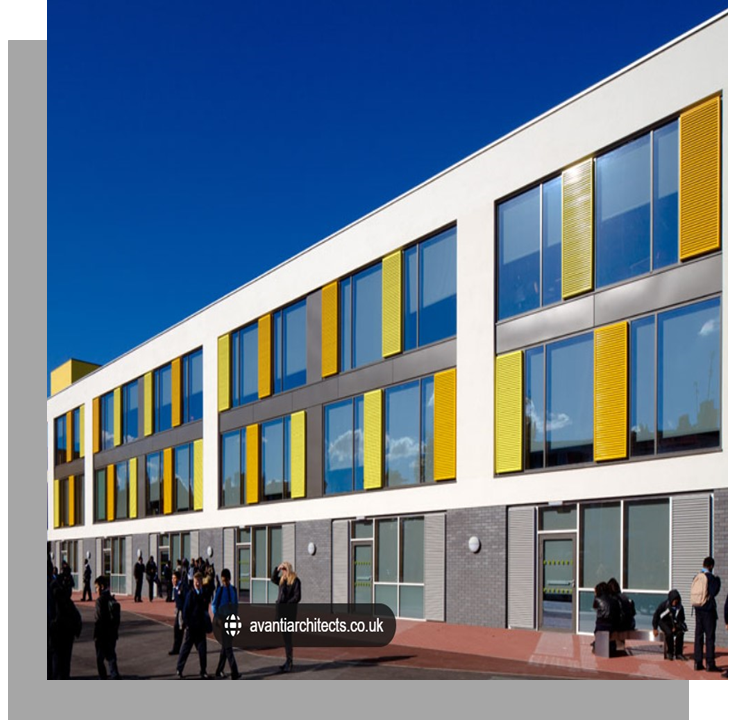
The management burden of meeting health and safety standards is undeniably significant. For example, the traditional approach to monitoring air and water quality relies heavily on manual measurements and analysis. Similarly, ensuring physical security traditionally requires manual checks and dedicated security staff. Things like keys and key cards often get lost or mislaid, further increasing the risks to pupils. Addressing these challenges at scale quickly becomes impractical. After all, there is an average of almost 400 pupils per school in the UK, which means there is a lot of infrastructure to look after.
Improving health and safety in schools requires an innovative combination of people, process, and technology. This includes the real-time collection of data about things like air and water quality and secure access controls. Smart technologies like the Internet of Things (IoT) provide a proven way to streamline health and safety operations and equip decision-makers with the insights they need to build safer and healthier environments.
Scaling up the SMART schools with IoT technology
Connectivity is already well-established as a cornerstone of the modern education experience. It’s now time to take the connected school to the next level with smart technologies, such as sensor-enabled health and security measures.
For example, IoT sensors can monitor air quality in real-time to provide instantaneous alerts if temperature or humidity levels fall outside recommended levels. Similarly, sensors connected to water-systems can reduce the risk of pathogens by continuously monitoring variables like temperature, algal bloom, and flow rate. Not only are these sensors very easy to install – they require minimum maintenance, while eliminating the need for regular on-site visits. Moreover, the data collected ensures you always have a complete audit trail, allowing you to demonstrate your health and safety efforts to regulatory bodies.
IoT technologies can also enhance physical security. For example, wireless access controls can be centrally managed, making it easy for administrators to grant or revoke access rights as needed. IoT-based access is also more convenient for pupils and teachers alike, since it eliminates the age-old problem of lost keys.
Extending connectivity to health and safety offers a proven way for schools to reduce risk and ease the burden on management. Most importantly, thanks to real-time data collection and persistent connectivity, schools can take a proactive approach to keeping their staff and pupils safe.
Benefits of Smart IoT Technology for the Education Sector
Improve Building Environment Health
The more data available from as many different types of sensors relevant to the building will only make a positive difference to the building environment health. By monitoring and maintaining comfortable levels of ambient temperature and humidity, by ensuring IAQ is high, and the building has good ventilation, you are making a happier and healthier environment for all building occupants. Staff will be more efficient, and Students will be more productive, simply because of the conditions the direct environment the building provides.
Free up on-site Resources
Simply by reducing site visits alone from 12 monthly to 1 annually, the on-site resources required to administrate the site visits, the coordination on site to meet contractors and chaperone where required is reduced by 91.6% This benefit is carried over into the percentage of money saved, simply by no longer carrying out these tasks each month.
Remove contractor site visits
Having 1 system that can acquire all data needed to assist in building management and optimization means all current contractor sites visits are removed as they are no longer required. 1 annual site visit for system maintenance. No more missed site visits, no more admin to rearrange contractors and no more missed readings for all on site systems being monitored.
Enables Preventive Maintenance
Having access to data 24/7 enables data analysis to show trends and map performance of key assets. This knowledge allows a preventive maintenance plan to be adopted. Instead of changing components at set timed intervals or when there is a full break down, using data you can see when the performance starts to drop off and therefore when new components are required. Over time this picture can be developed to show the expected life of components within the key assets on site.
The world has changed!
The world has changed! This is not an opinion; it is a fact. Since Early 2020 when COVID-19 first hit the world, so many things have changed. Although we are now in a time of recovery and the restrictions on our lives do seem to have been lifted, many people are still working from home or ‘remotely’ as it is often referred to, many people are not going out as much as they did, many buildings have reduced staff numbers and many disruptions still occur in the aftermath.
- COVID-19 – Unfortunately, COVID-19 is still a big problem effecting so many aspects of life. The disruption of staff being off from work and the knock on effect of isolating is causing huge stress on the infrastructures in place across many industries.
- Access to sites and assets – With many organisations reducing staff numbers, accessing sites and assets within sites is becoming more difficult.
- Missed site visits – With many staff having to take unexpected time off from work, many planned visits for scheduled manual monitoring programs are not being carried out on time
- Missed critical readings being recorded – Many assets, especially those hard to reach are being missed from visits as there is no access available or no one to chaperon visiting engineers during planned site visits.
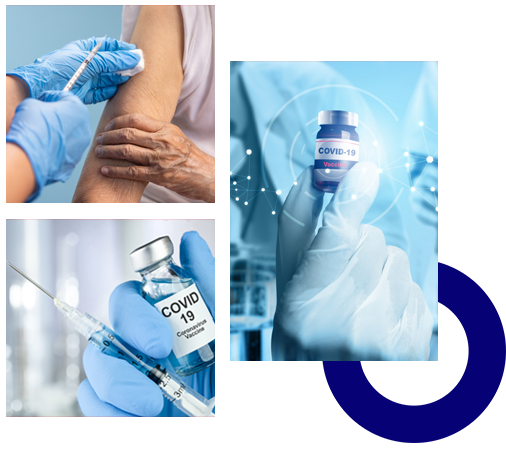
Remote IoT Sensors vs BMS
Remote IoT Sensors
This technology has opened the world of remote monitoring to everyone and everything. All sensors are designed to be retro fitted to assets, enabling them to be monitored in the same way a BMS systems does within more complex buildings and sites. With a fully modular approach, Remote IoT Sensors allows users to monitor their highest needing assets first and build their network up over time. Begin your journey with Legionella Watch and Remote Temperature Monitoring, simply keep adding new sensor types to expand your network, end your journey with an easy to manage, more compliant and Smart building.
BMS
Stands for Building Management Services or Systems. An approach used in large and complex buildings with a full complement of building services such as HVAC, Chilled and Hot Water and Heating, Lifts or elevators, Fire Alarms, Refrigeration, and Security Systems. All of these will be connected via a LAN (Local Area Network) to a Head End Terminal to be monitored by on site facilities staff. BMS systems are installed during a buildings construction and are very expensive to implement. They are normally focused on plant equipment with the further reaches of the system left unmonitored. The cost to extend a BMS to include these elements is often prohibitive, as the installation and commissioning of hard wired sensors after construction is completed can cause huge disruption.
Remote IoT sensors can be used to enhance existing BMS systems at a fraction of the cost. All sensors are plug and play and can be added to the network as and when they are required or desired. Grow your building environment data and see your building management optimisation in a new and smarter way!
Remote IoT Sensors vs BMS
Monitoring System
BMS
- Reduce Maintenance and repair costs.
- Provides a better working environment.
- Environment Friendly.
- Remote access means little or no down time.
- Security Risks
- Data Collection is difficult
- It is very expensive
- Installed during a building’s construction
Remote iot sensors
- Reduce Maintenance and repair costs.
- Provides a better working environment.
- Environment Friendly.
- Remote access means little or no down time.
- Data Collection is easy
- It is not expensive.
- Designed to be retro fitted.
- Makes tasks easier.
- Security Risks
What is Remote Monitoring?
Remote Monitoring is a general term for any remote sensor monitoring any type of asset. Normally battery powered and with wireless data transmissions, remote sensors are changing the world we live in. Sensors send data to IoT Network gateways which then transmit it to hosted data servers connected to browser based software applications displaying the data on user dashboards. The ability to visualise data for so many aspects of building management give huge control to the building managers. Precise decisions can be made, efficiency can be boosted, preventive maintenance can be adopted, and resources and finances can be saved.
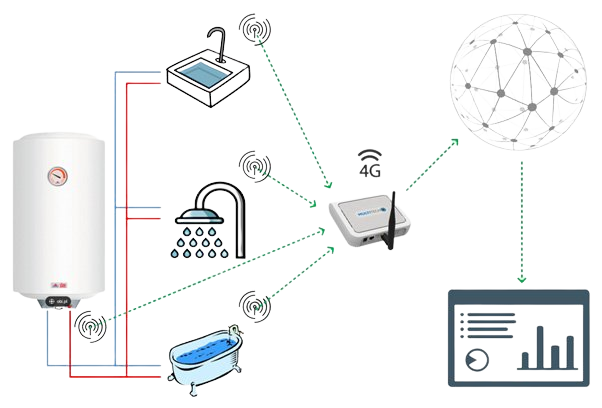
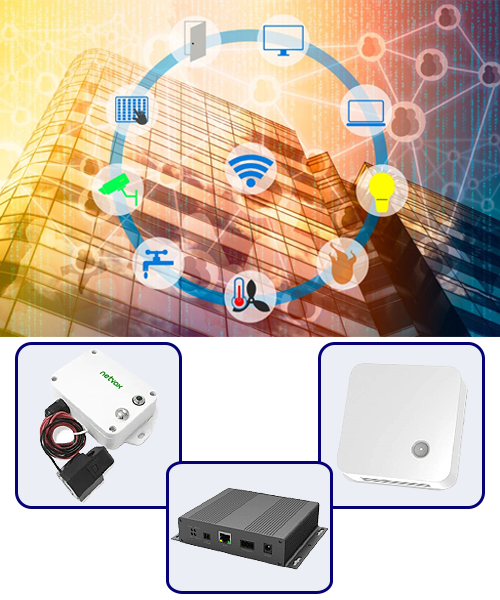
What is SMART Technology?
First, what does SMART mean? SMART stands for SELF-MONITORING, ANALYSIS and REPORTING TECHNOLOGY. It is a technology that uses artificial intelligence, machine learning, and big data analysis to provide cognitive awareness to objects that were in the past considered inanimate.
There are 3 main types of Smart Technology.
Internet of Things (IoT) - Describes the network of physical objects “things” that are embedded with sensors, chips, software, online connectivity, analytics, and applications to bring fixed physical objects to life. These devices create significant value, they are innovative, scalable, and automated.
Smart Connected Devices – Usually connected to the internet or Bluetooth and controlled remotely, smart connected devices can offer a tailored user experience but must be physically managed given that they don’t adapt to the extent IoT devices do. Smart Phones or Smart Bulbs are an example of Smart Connected Devices.
Smart Devices
- With reduced automation, no internet connection required, and of a programmable nature, smart devices, for instance, smart washing machines, provide specific personalized services at a particular time.
The whole process from installation to the updated weekly report has been fantastic.
Its purpose was to demonstrate how a newly installed system was operating for a 3-month period, so we could iron out any issues, or flag up any areas of concern before full hand over to the client. The real time data allowed us to make several minor adjustments and changes to achieve satisfactory temperatures throughout the property that would not normally be picked up.
Many Thanks for all your efforts, we shall definitely utilise this system on projects going forward
